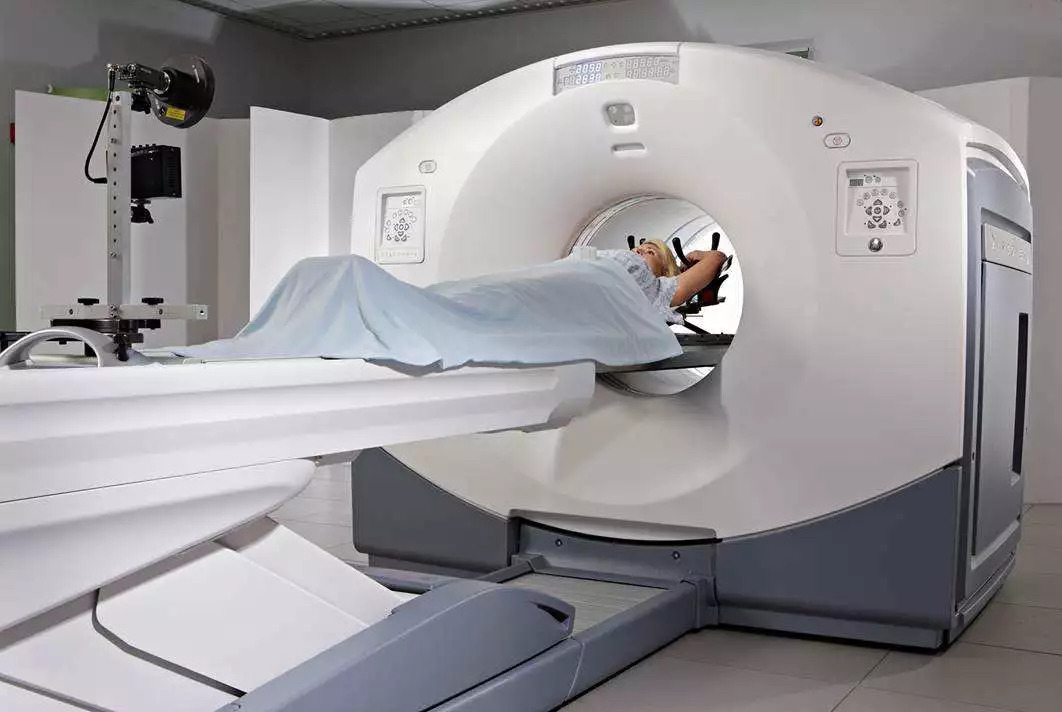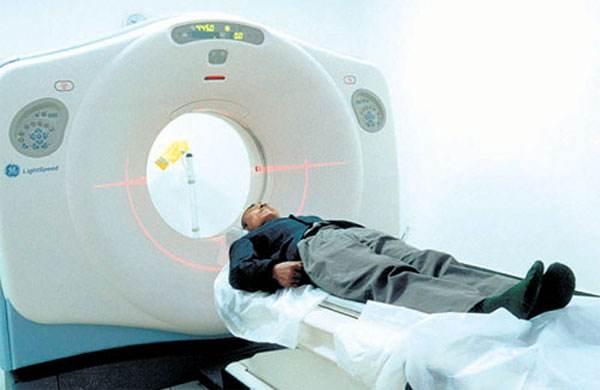Pet CT vs CT: Unraveling the Differences and Benefits
### Description:In the realm of medical imaging, understanding the nuances between various diagnostic tools is crucial for both healthcare professionals and……
### Description:
In the realm of medical imaging, understanding the nuances between various diagnostic tools is crucial for both healthcare professionals and patients. One of the most significant comparisons in this field is Pet CT vs CT. While both imaging techniques serve vital roles in diagnosing and monitoring diseases, particularly cancer, they employ different technologies and provide unique insights. This article aims to elucidate the differences, advantages, and limitations of Pet CT and CT, helping you make informed decisions regarding imaging options.
#### What is CT?
Computed Tomography (CT) is a widely used imaging technique that combines X-ray images taken from various angles and processes them using computer algorithms to create cross-sectional images of bones, organs, and tissues. CT scans are particularly effective for identifying injuries, detecting tumors, and guiding treatment planning. They are quick, non-invasive, and can provide detailed images of the body’s internal structures.
CT scans are often the first line of imaging for many medical conditions due to their speed and availability. They can help diagnose conditions such as internal bleeding, fractures, and infections. However, while CT scans provide excellent anatomical detail, they do not always reveal metabolic activity, which is where Pet CT comes into play.
#### What is Pet CT?

Positron Emission Tomography (PET) combined with Computed Tomography (CT) is an advanced imaging technique that merges the functional imaging capabilities of PET with the anatomical detail of CT. Pet CT scans utilize a small amount of radioactive material, known as a radiotracer, which is injected into the patient’s body. This tracer emits positrons that can be detected by the PET scanner, allowing it to visualize metabolic processes in tissues.
The combination of PET and CT scans enables physicians to see both the structure and function of organs and tissues. This is particularly beneficial in oncology, where it is crucial to assess not only the presence of tumors but also their activity and how they respond to treatment. Pet CT is also valuable in cardiology and neurology, helping to diagnose conditions such as Alzheimer’s disease and heart disease.
#### Comparing Pet CT vs CT
When comparing Pet CT vs CT, it is essential to consider several factors:

1. **Purpose of Imaging**: CT scans are primarily used for structural imaging, providing detailed pictures of the body’s anatomy. In contrast, Pet CT focuses on functional imaging, revealing how tissues and organs are functioning metabolically.
2. **Detection Capabilities**: While CT scans can identify tumors based on size and location, they may not differentiate between benign and malignant growths. Pet CT, however, can indicate the aggressiveness of a tumor by showing its metabolic activity, helping to inform treatment decisions.
3. **Radiation Exposure**: Both imaging techniques involve exposure to radiation, but the levels differ. Generally, CT scans expose patients to higher doses of radiation compared to Pet CT scans. However, the amount of radiation in both is considered safe for diagnostic purposes.
4. **Cost and Availability**: CT scans are often more widely available and less expensive than Pet CT scans. However, the choice of imaging technique should be guided by the specific medical situation rather than cost alone.

5. **Time Efficiency**: CT scans are typically faster to perform than Pet CT scans, which require additional time for the radiotracer to circulate in the body before imaging begins.
#### Conclusion
In summary, the choice between Pet CT vs CT should be based on the clinical context and the information needed by the healthcare provider. While CT scans offer excellent anatomical detail, Pet CT provides valuable insights into the metabolic activity of tissues, making it an indispensable tool in modern medicine, especially in oncology. Understanding the strengths and limitations of each imaging modality can empower patients and healthcare professionals to make informed decisions regarding diagnosis and treatment plans. Always consult with a healthcare provider to determine the most appropriate imaging technique for your specific health needs.